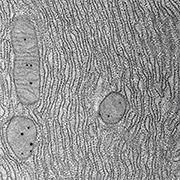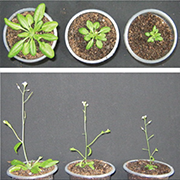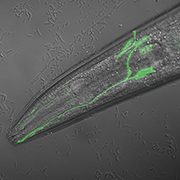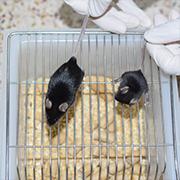Biological membranes adopt different shapes, many of which are conserved amongst eukaryotes. The morphological dynamics of the lipid bilayer have been shown to play important roles in many cellular processes, be it organelle biogenesis, endocytosis, or vesicular trafficking, and defects have been linked to many diseases.
Endoplasmic reticulum (ER) is an organelle with extensive and continuous membrane network. How morphologically different ER domains are formed is not clear. Investigations of ER shaping and remodeling have led to the discovery of two groups of membrane proteins: the reticulons and DP1/Yop1p, proteins that are both necessary and sufficient for the generation of ER tubules; and a class of membrane-bound, dynamin-like GTPases, called atlastin (ATL), which appear to have a role in the fusion of ER membranes.
Our recent structural and biochemical studies of ATL provided first insight into the mechanism underlying homotypic ER fusion. We have also extended our studies into mitochondrial fusion of both outer and inner membranes. We aim to use combined approaches and model systems to further investigate the mechanism and regulation of the tubular ER network formation. We are also interested in the functional significance of different ER morphologies, and their implication in various human diseases.






